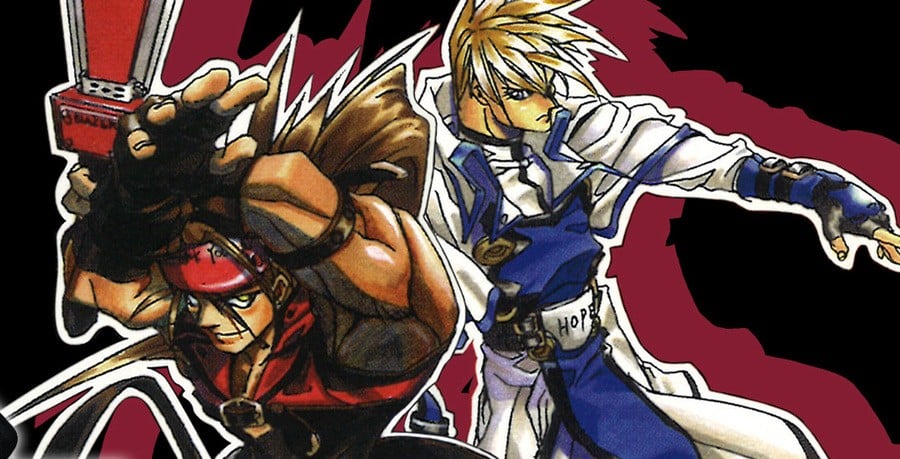
Up until the release of Guilty Gear Xrd back in 2014, which switched to 3D models, the characters in Arc System Works' Guilty Gear fighting game series were traditionally presented as 2D-animated sprites.
However, as highlighted in a recently translated article from Dengeki PlayStation from October 1995, it appears that we could have seen the series enter the third dimension much sooner than that, with the first game almost using pre-rendered 3D sprites similar to Donkey Kong Country.
The new translation comes courtesy of the Guilty Gear fan Sol Radguy (and was reported on first by the fine folks over at EventHubs). As they note, if you look at the article, you will be able to see some early images of what this art style may have looked like, with May and Sol Radguy depicted as 3D-rendered models. Arc System Works' plan was then to take these models and create sprites out of them so that it could animate them, which is the method Rare and various other companies used in the '90s to produce some of their early 3D characters.
The translated article gives some more context on this, with the author writing the following:
"The photo of the character on the left might make you think of polygons, but in fact this character isn’t made of polygons at all. These characters were drawn using machines by Silicon Graphics, which have incredible graphical processing power. For example, if you remember the Super Nintendo game, Donkey Kong Country, you can see that these graphics computer workstations can generate beautiful three-dimensional works that are made of neither polygons nor dots. […] In Guilty Gear, the characters rendered with Silicon Graphics workstations are imported into the game and animated.”"
Elsewhere, the game's director Daisuke Ishiwatari also noted in the article that the images were a work-in-progress and bound to improve as time went on:
"It will look much cooler as development continues.”
As we know now, with the power of hindsight, this 3D pre-rendered art style was eventually missing from the finished game three years later, with Arc System opting for a more traditional 2D approach instead. The reasons for this are unknown, but it's likely that it was just a more comfortable and familiar way to work for its small development team. Nevertheless, it's interesting to think about how the game might have turned out if it had continued with this art style.

